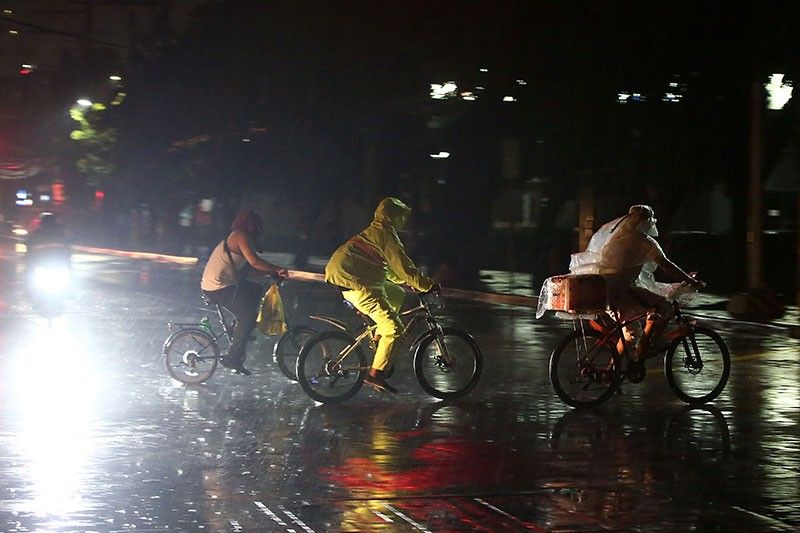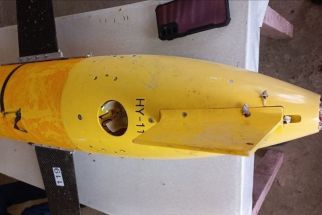PAGASA: 'Full blown' La Niña could develop in October to November

MANILA, Philippines — State weather bureau PAGASA on Friday said a weak to moderate La Niña is set to persist in the country until the first quarter of 2021, adding that it has a 75% chance of developing to "full-blown."
The agency said that most parts of the Philippines may experience "near to above normal rainfall conditions" beginning this October to March of next year.
Five to eight tropical cyclones, most of which are forecasted to make landfall, are also expected to enter the Philippine Area of Responsibility.
"These may further enhance the Northeast Monsoon and could trigger floods, flashfloods and rain-induced landslides over susceptible areas," PAGASA said. "Adverse impacts are likely over the vulnerable areas and sectors of the country."
Climate change factor
Ana Liza Solis, chief of PAGASA's climate monitoring and prediction, said climate change has shortened the number of years that La Niña and El Niño episodes occur from every seven or 10 years before to every five to seven years now.
"Due to the continuous global warming as a result of climate change, it is the intensity and frequency of El Nino and La Nina events that could be its possible effect," she said in mixed Filipino and English during a virtual conference.
She added that the agriculture, water, human health and environment to name a few are the sectors most likely to be affected by this.
Low-lying lands may often be affected by flash floods, as well as extensive damage to crops. The changing of the weather can also bring the possibility of pests and diseases, Solis added.
While rainfall may add to the water supply in dams, heavy rains could also cause river flooding or dam spillages.
Water-borne diseases are also to be expected, such as cholera and leptospirosis in flooded areas, as well as landslides or mudslides and coastal erosions due to strong waves.
For this, the weather bureau has advised for the public works department to begin removing things that obstruct free flow in water bodies.
Farmers were told to prepare post-harvest facilities for drying and storage, as well as getting crop insurance.
The public should also monitor its advisories, maximize rainwater storage, cooperate with local measures and have emergency disaster kits.
- Latest
- Trending






























